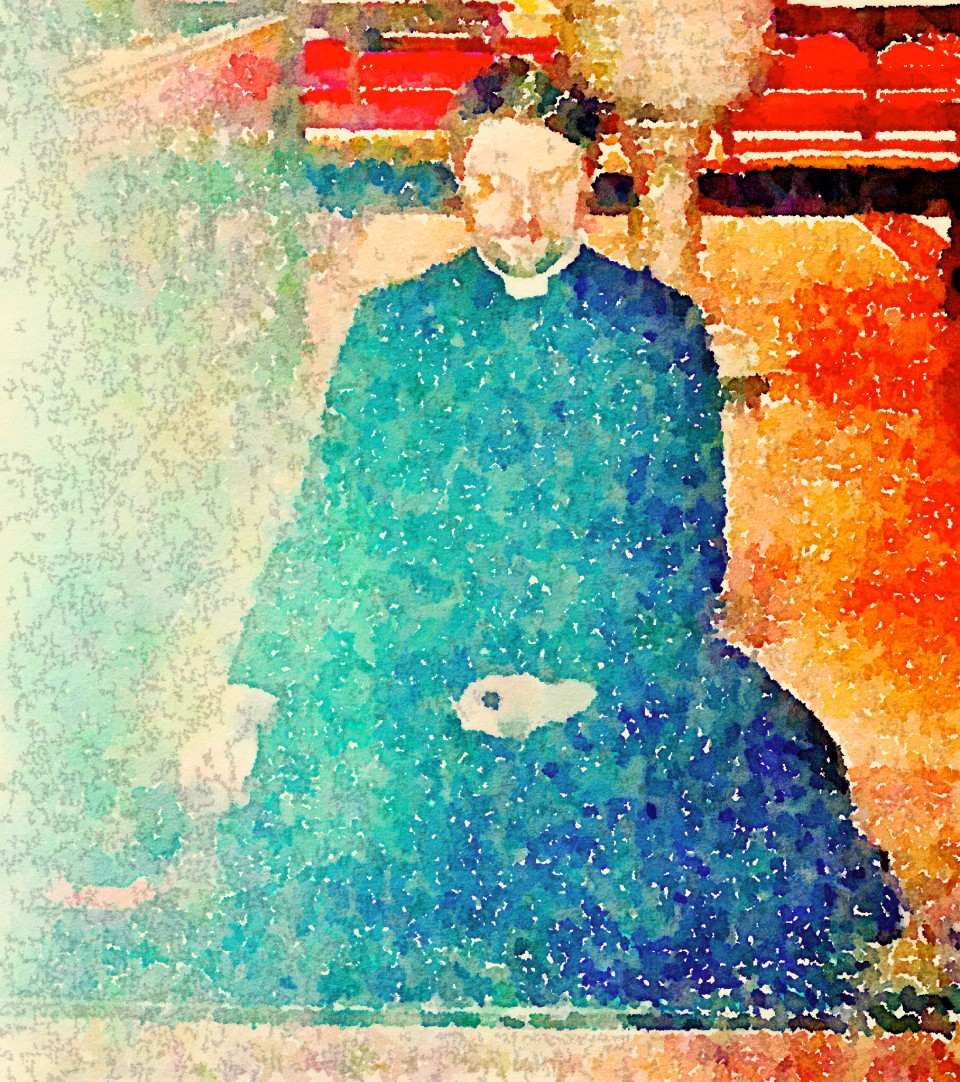Today, the Church remembers St. Mary Magdalene.
Ora pro nobis.
Saint Mary Magdalene, sometimes called simply the Magdalene, was a Jewish woman who, according to the four canonical gospels, traveled with Jesus as one of his followers and was a witness to his crucifixion, burial, and resurrection. She is mentioned by name twelve times in the canonical gospels, more than most of the apostles. Mary’s epithet Magdalene most likely means that she came from the town of Magdala, a fishing town on the western shore of the Sea of Galilee.
The Gospel of Luke 8:2-3 lists Mary as one of the women who traveled with Jesus and helped support his ministry “out of their resources”, indicating that she was probably relatively wealthy. The same passage also states that seven demons had been driven out of her, a statement which is repeated in the longer ending of Mark. In all four canonical gospels, she is a witness to the crucifixion of Jesus and, in the Synoptic Gospels, she is also present at his burial. All four gospels identify her, either alone or as a member of a larger group of women, as the first witness to the empty tomb, and the first to testify to Jesus’s resurrection. For these reasons, she is known in many Christian traditions as the “apostle to the apostles”
Because Mary is listed as one of the women who were supporting Jesus’s ministry financially, she must have been relatively wealthy. The places where she and the other women are mentioned throughout the gospels strongly indicate that they were vital to Jesus’s ministry and the fact that Mary Magdalene always appears first, whenever she is listed in the Synoptic Gospels as a member of a group of women, indicates that she was seen as the most important out of all of them.
All four canonical gospels agree that Mary Magdalene, along with several other women, watched Jesus’s crucifixion from a distance. Mark 15:40 lists the names of the women present as Mary Magdalene, Mary, mother of James, and Salome. Matthew 27:55-56 lists Mary Magdalene, Mary mother of James and Joseph, and the unnamed mother of the sons of Zebedee (who may be the same person Mark calls Salome). Luke 23:49 mentions a group of women watching the crucifixion, but does not give any of their names. John 19:25 lists Mary, mother of Jesus, her sister Mary, wife of Cleopas, and Mary Magdalene as witnesses to the crucifixion
According to Matthew 28:1-10, Mary Magdalene and “the other Mary” went to the tomb. An earthquake occurred and an angel dressed in white descended from Heaven and rolled aside the stone as the women were watching. The angel told them that Jesus had risen from the dead. Then the risen Jesus himself appeared to the women as they were leaving the tomb and told them to tell the other disciples that he would meet them in Galilee. According to Luke 24:1-12 a group of unnamed women went to the tomb and found the stone already rolled away, as in Mark. They went inside and saw two young men dressed in white who told them that Jesus had risen from the dead. Then they went and told the eleven remaining apostles, who dismissed their story as nonsense. In Luke’s account, Jesus never appears to the women, but instead makes his first appearance to Cleopas and an unnamed “disciple” on the road to Emmaus. Luke’s narrative also removes the injunction for the women to tell the disciples to return to Galilee and instead has Jesus tell the disciples not to return to Galilee, but rather to stay in the precincts of Jerusalem.
Mary Magdalene’s role in the resurrection narrative is greatly increased in the account from the Gospel of John. According to John 20:1-10, Mary Magdalene went to the tomb alone when it was still dark and saw that the stone had already been rolled away. She did not see anyone, but immediately ran to tell Peter and the “beloved disciple”, who came with her to the tomb and confirmed that it was empty, but returned home without seeing the risen Jesus. According to John 20:11-18, Mary, now alone in the garden outside the tomb, saw two angels sitting where Jesus’s body had been. Then the risen Jesus approached her. She at first mistook him for the gardener, but, after she heard him say her name, she recognized him and cried out “Rabbouni!” (which is Aramaic for “teacher”). She tried to touch him, but he told her, “Don’t touch me, for I have not yet ascended to my father.” Jesus then sent her to tell the other apostles the good news of his resurrection. The Gospel of John therefore portrays Mary Magdalene as the first apostle, the apostle sent to the apostles.
Almighty God, whose blessed Son restored Mary Magdalene to health of body and of mind, and called her to be a witness of his resurrection: Mercifully grant that by your grace we may be healed from all our infirmities and know you in the power of his unending life; who with you and the Holy Spirit lives and reigns, one God, now and for ever.
Amen.
Photo of earliest known depiction of Mary Magdalene, from a fresco uncovered at a church in Dura-Europos, c. 240 A.D.
